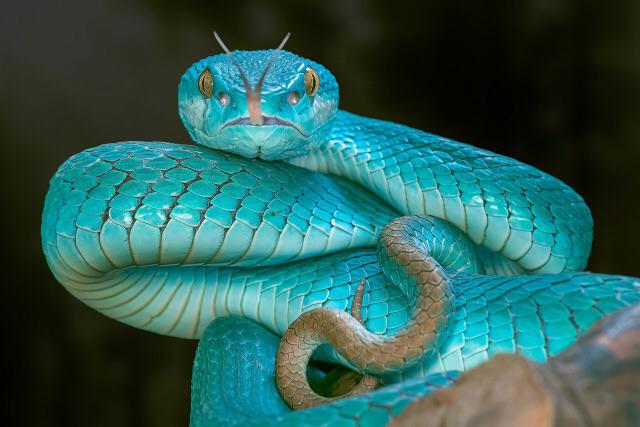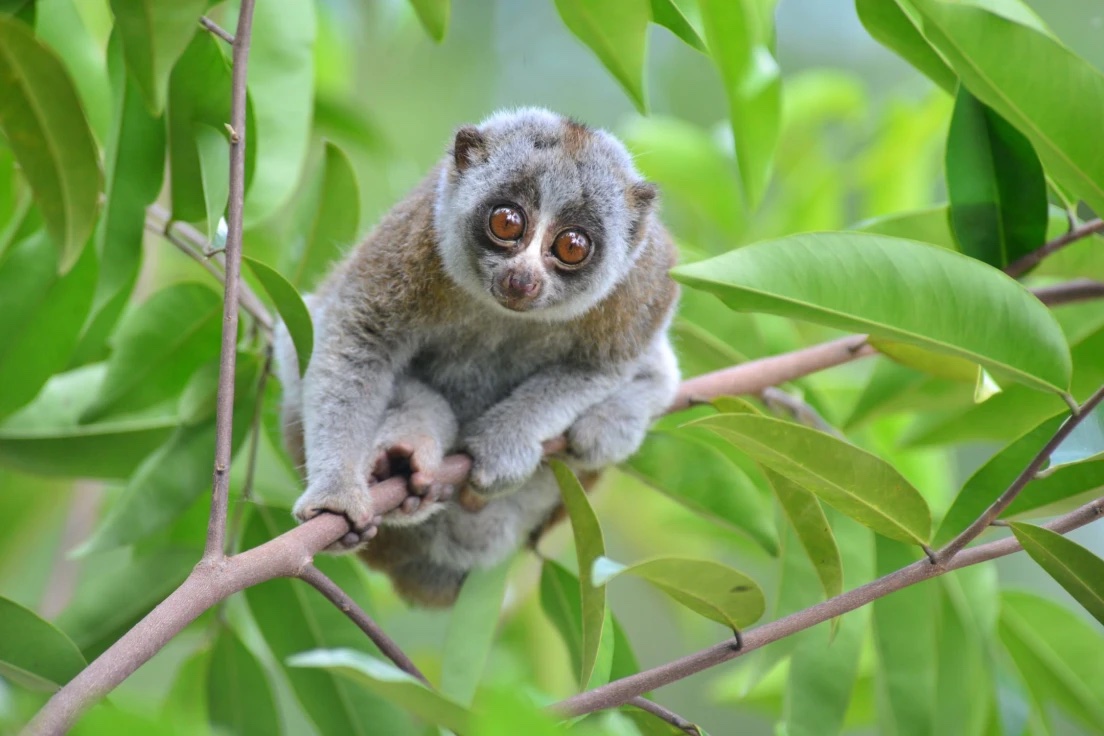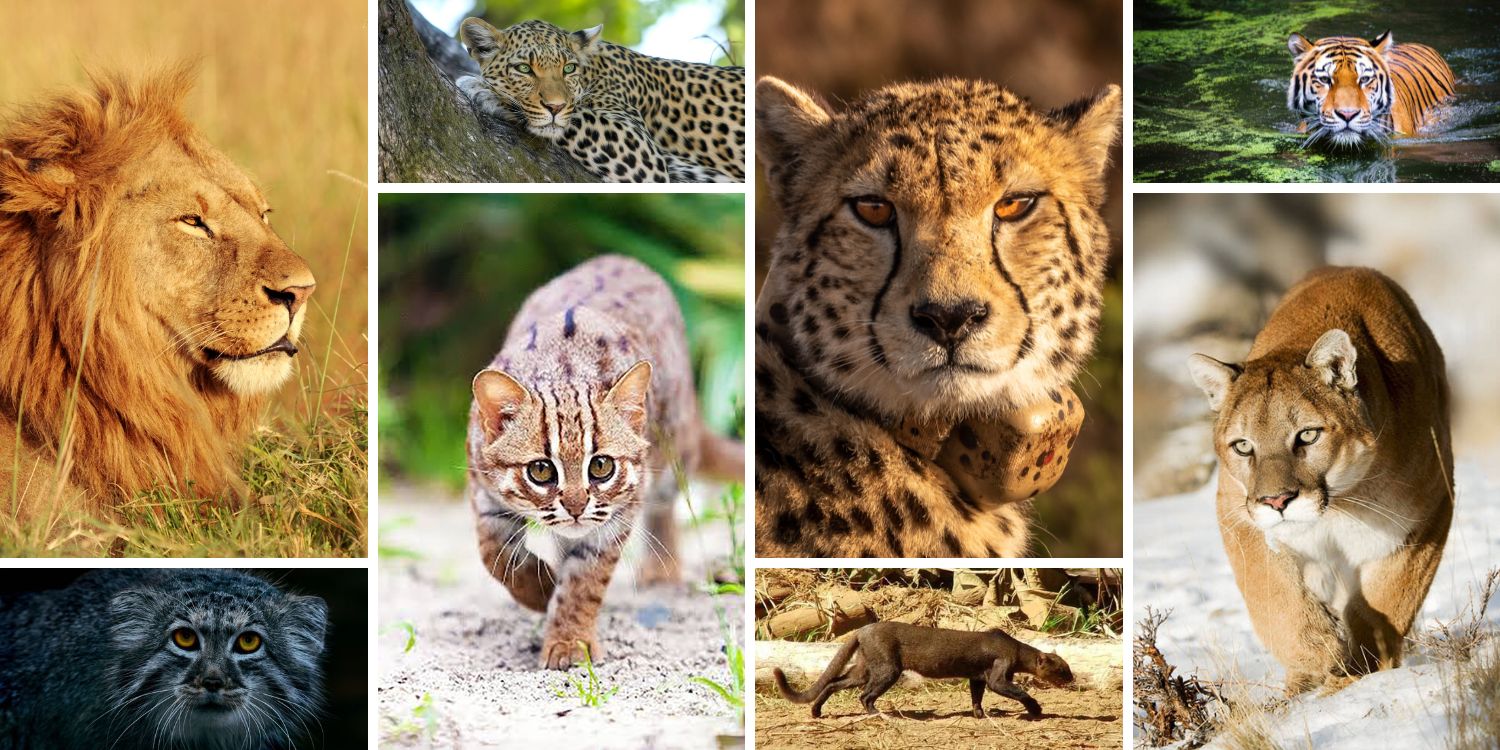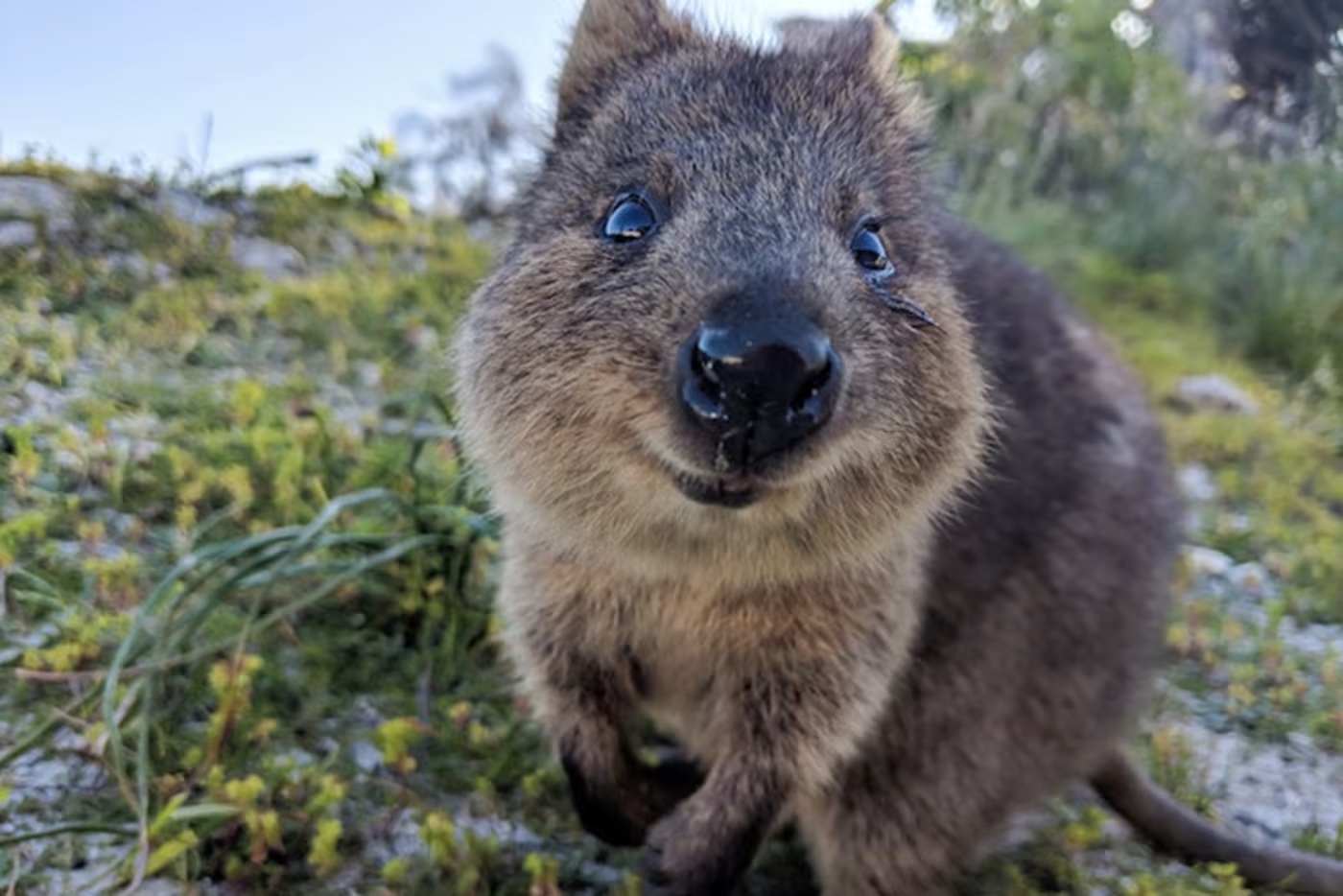
The Powder-Blue Jewels of Grand Cayman: All About the Grand Cayman Blue Iguana
The Caribbean island of Grand Cayman is famous for its pristine beaches and turquoise waters, but beneath the palm trees and basking on the rocky shores lives another treasure – the Grand Cayman blue iguana (Cyclura lewisi). This magnificent dragon-like reptile, with its striking coloration and gentle demeanor, is an endangered species with a fascinating story.
Dazzling in Blue
The Grand Cayman blue iguana is a sight to behold. Like its green iguana cousins found throughout the Caribbean and South America, this iguana gets its name from its captivating powder-blue skin. This coloration isn’t just for show; it provides excellent camouflage amidst the island’s rocky landscape. During mating season, the blue hues become even more vibrant, as the males display their dominance and attract potential mates.
A Gentle Giant
These iguanas are herbivores, spending their days munching on leaves, flowers, and fruits from over 45 different plant species. They are also the largest land animal native to the Cayman Islands, reaching lengths of up to 2.5 feet (not counting their tail!) and weighing up to 31 pounds. Despite their size, they are gentle giants, posing no threat to humans.
A Fight for Survival
Sadly, the Grand Cayman blue iguana hasn’t always thrived in paradise. Habitat loss, introduced predators like feral cats and dogs, and the illegal pet trade drove their numbers down to a dangerous low. In the early 2000s, there were only an estimated 10-25 individuals left in the wild, making them functionally extinct. The blue iguana is listed as endangered on the IUCN Red List.
A Beacon of Hope
Fortunately, a dedicated conservation effort has brought this beautiful species back from the brink. The Cayman Islands Department of Environment, along with partners like the Iguana Foundation, launched a comprehensive recovery program. This program involved captive breeding, habitat restoration, and public education initiatives.
Success Story in the Making
Thanks to these tireless efforts, the wild population of Grand Cayman blue iguanas has begun to rebound. As of 2018, over 1,000 individuals have been reintroduced into protected areas on Grand Cayman.
The Future of Blue
The fight for the Grand Cayman blue iguana’s survival is far from over, but the progress made so far is a testament to the power of conservation. By protecting these remarkable creatures, we safeguard a vital part of Grand Cayman’s ecosystem and ensure future generations can witness the beauty of these dazzling blue giants.
But, they do continue to face an unlikely threat: green iguanas. First introduced to the island as pets, green iguanas are originally from Central America. Grand Cayman blue iguanas are larger than green iguanas, but green iguanas are far more active. “They are a threat to the indigenous blue iguana population, competing for habitat and food and bringing with them pathogens which are harmful to the blue iguana population,” says Luke Harding, the operations manager of Blue Iguana Conservation. Blue iguanas cannot climb or swim well, and do not move very quickly along the ground. On the other hand, green iguanas are good swimmers, adept climbers, and avid diggers, destroying the blue iguana’s habitat as well as land and property belonging to the two-legged inhabitants among the islands.
Visiting the Grand Cayman Blue Iguanas
If you’re ever lucky enough to visit Grand Cayman, consider incorporating a visit to a wildlife sanctuary or botanical garden where you can see these magnificent reptiles up close. Remember, these are wild animals, so observe them from a distance and respect their habitat.
Let’s all do our part to ensure the continued survival of the Grand Cayman blue iguana. These captivating creatures are an irreplaceable gem of the Caribbean, and their future depends on us.
More photos below ↓









